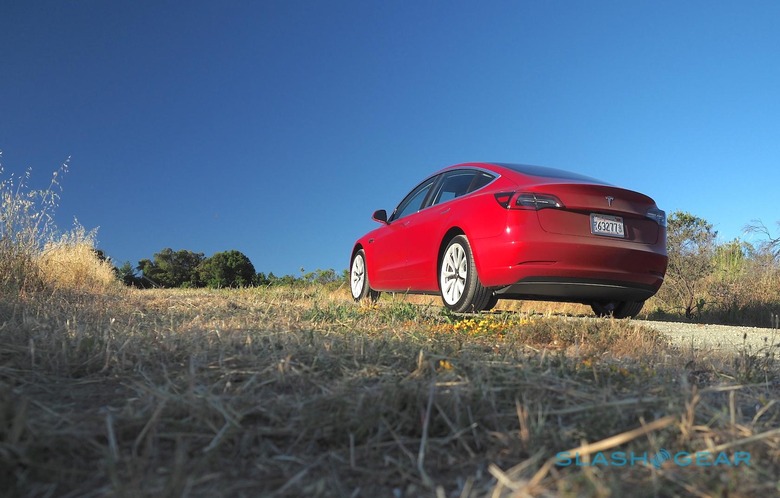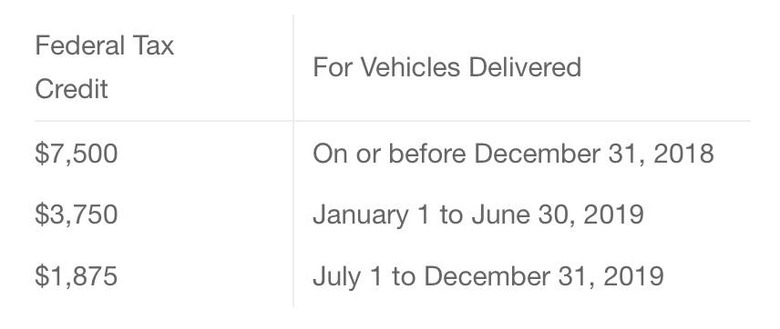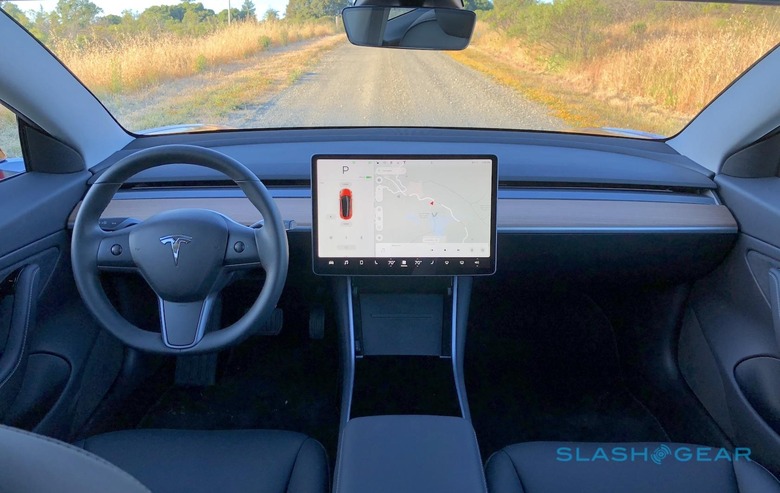Tesla Tax Credits Are Changing, And Model 3 Buyers Face A Tough Choice
Tesla has become the first automaker to hit the tax credit threshold, hitting the 200,000 US deliveries mark and potentially leaving buyers of its EVs hit harder in the wallet depending on when they get their new cars. The current tax incentive system, designed to encourage drivers to purchase electric or electrified vehicles, offers a $7,500 tax credit on new cars, but only up to a limit.
That limit is based on how many deliveries of electric cars an automaker makes in the US. Up to the 200,000 mark, the full federal tax credit of $7,500 is applied. After that point, the credit halves for six months, and then halves again for a final six months.
With its push to ramp up Model 3 production, the specter of the tax incentive dwindling has been a constant concern for both Tesla and its customers. However, the company has until now declined to comment on just how close to that threshold it has got. Today, though, a Tesla spokesperson confirmed to Electrek that it did, indeed, hit the 200,000 delivery point this month.

It's another "first" for the automaker, but perhaps not one it would like. According to an updated support page, anybody buying a Tesla Model S, Model X, or Model 3 now faces a few important dates which will impact just what tax credits they're eligible for.
For vehicles delivered on, or before, December 31, 2018, the whole $7,500 federal tax credit will apply. Vehicles delivered between January 1 and June 30 of 2019 will qualify for $3,750 in credit. Finally, vehicles delivered between July 1 and December 31, 2019, will be in line for $1,875 in credits.

What's critical is that this isn't based on the point at which you order – or reserve – a Tesla, but when you actually take delivery of it. That means, even if you put your deposit down for a Model 3 the day it was unveiled, if it's not delivered until sometime in 2019 you won't benefit from the maximum tax incentive. It's a hurdle that's heavily dependent on the specific configuration you want to order.
Until now, for example, Tesla has been focusing Model 3 production on effectively one core variant: the rear-wheel drive, Long Range pack with the premium interior. Those who have wanted an all-wheel drive Model 3, would prefer to save $9,000 and go for the standard battery, or who haven't wanted the upgraded interior haven't been able to order. Indeed, Tesla only began selling some of those configurations recently.
With Tesla suggesting a 6-9 month wait for Model 3 cars with the standard battery, it's likely that while some will be delivered before 2018 is through, most won't be until the new year. That will mean the federal tax incentive for those new owners will be halved – and could, indeed, offset some of the appeal of not spending $9k on the bigger battery.

It's unclear whether the tax credit system – which also includes state incentives and rebates, that vary depending on where owners live – will be overhauled and change all of this again. There have certainly been plans suggested that might alter how the cap operates, or even introduce instant rebates or other incentives to further encourage EV adoption. That, of course, relies on an attitude of encouragement for electrification among government members responsible for such rules, which certainly can't be counted upon.
How this might impact Tesla purchases remains to be seen. The incentives have certainly helped the automaker – as they have other manufacturers producing electric cars – to gain traction, but those advantages have begun to shrink a little as Tesla adoption picks up. The Model 3 missing out on unlimited inclusive Supercharger access, for instance, was one disappointment for buyers of the most affordable car; now, the dwindling tax credit could further disappoint.
